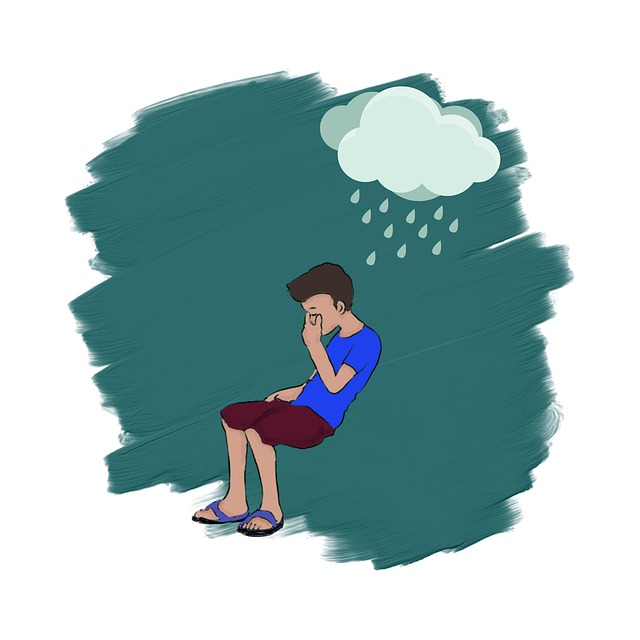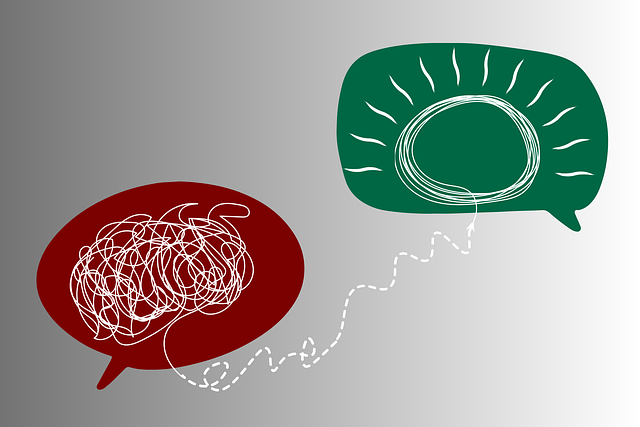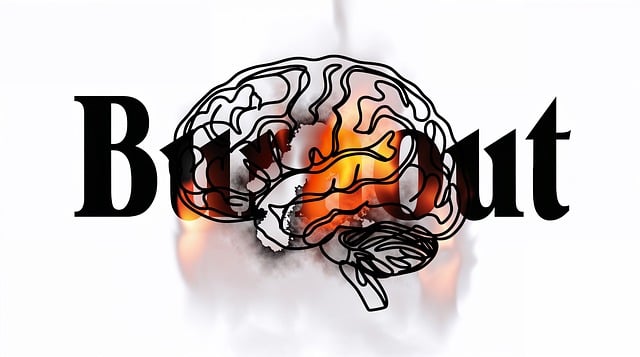Evaluating Therapy for Young Adults with Somatic Experiencing (SE) uses a multi-faceted approach combining physiological measures, qualitative feedback, and self-report to assess improvements in emotional regulation, stress reduction, and self-esteem. Success is gauged through outcome evaluation, including mood management, positive thinking, and self-care practices, utilizing both qualitative (deep insights) and quantitative (numerical data) methods to ensure holistic understanding and evidence-based practices for young adults' mental wellness.
Mental wellness programs are increasingly integrating innovative approaches, such as Somatic Experiencing (SE), to address the unique needs of young adults. This article delves into the evaluation methods essential for understanding the impact and effectiveness of SE therapy for this demographic. We explore assessment techniques, from qualitative and quantitative measures to self-reporting tools, offering insights on how to gauge success. Furthermore, practical strategies are presented for implementing effective evaluation within mental wellness programs, including goal setting, feedback mechanisms, and participant engagement surveys. Real-world case studies highlight successful applications of SE in young adult therapy, providing valuable lessons learned and best practices for optimal program design.
- Assessing the Impact of Therapy for Young Adults with Somatic Experiencing
- – Measuring success and outcome evaluation
- – Qualitative vs. Quantitative methods
Assessing the Impact of Therapy for Young Adults with Somatic Experiencing

Evaluating the impact of Therapy for Young Adults with Somatic Experiencing (SE) is a multifaceted process that goes beyond mere self-report. It involves assessing changes in physiological responses, such as heart rate variability and skin conductance, which can indicate shifts in the body’s stress response. By measuring these markers before and after therapy, researchers and practitioners gain valuable insights into the effectiveness of SE in reducing anxiety relief and promoting emotional healing processes.
Furthermore, qualitative assessments like client feedback and clinical notes provide a deeper understanding of Self-Esteem Improvement. Participants often report increased self-awareness, enhanced coping strategies, and better ability to regulate emotions post-therapy. This holistic evaluation allows for a comprehensive picture, ensuring that the therapy’s benefits extend beyond surface-level improvements, fostering genuine emotional well-being and personal growth in young adults.
– Measuring success and outcome evaluation

Measuring success in mental wellness programs is a complex task, especially when addressing sensitive and diverse issues like those faced by young adults seeking therapy. One effective approach is outcome evaluation, which focuses on assessing the changes and improvements in participants’ lives following the program. This method involves tracking key indicators such as enhanced mood management skills, improved positive thinking patterns, and adopted self-care practices. By comparing pre- and post-program data, therapists can gauge the effectiveness of the treatment and identify areas that may require further attention or adaptation.
For instance, in a therapy for young adults incorporating Somatic Experiencing techniques, outcome evaluation might involve measuring participants’ ability to regulate their emotions, reduce stress responses, and improve overall well-being. This could be achieved through self-report questionnaires, clinical interviews, or physiological assessments. By evaluating these outcomes, therapists can tailor their approach to better support individuals in cultivating lasting positive changes, ensuring the program’s success and relevance to the unique needs of young adults.
– Qualitative vs. Quantitative methods

When evaluating mental wellness programs, particularly those designed for young adults like therapy for Young Adults Somatic Experiencing, researchers often employ either qualitative or quantitative methods, each with its strengths and applications. Qualitative approaches delve into individuals’ subjective experiences, providing rich insights into their perceptions of the program’s effectiveness. This method is invaluable when exploring complex emotional responses, personal growth journeys, and the nuanced dynamics of therapy sessions. For instance, semi-structured interviews can uncover unique perspectives on how young adults navigate their mental health challenges through somatic experiencing techniques.
On the other hand, quantitative methods focus on numerical data and statistical analysis to assess program outcomes. Surveys, rating scales, and performance metrics are commonly used tools. Quantitative approaches excel at identifying trends, measuring overall satisfaction, and evaluating specific aspects of a program, such as risk management planning for mental health professionals or crisis intervention guidance. By combining both qualitative and quantitative methods, researchers can gain a comprehensive understanding of the program’s impact on young adults’ mental wellness, ensuring evidence-based practices that incorporate conflict resolution techniques while addressing potential risks.
Evaluating mental wellness programs, particularly those focusing on therapy for young adults with Somatic Experiencing (SE), requires a balanced approach. By combining qualitative and quantitative methods, we can gain comprehensive insights into the impact of SE therapy. Measuring success through outcome evaluation allows us to assess changes in symptoms and overall well-being, while qualitative methods provide deeper understanding of individuals’ experiences and perceptions. This dual-pronged strategy ensures that we not only quantify improvements but also recognize the nuanced, personal transformations that occur during therapeutic journeys. As we continue to refine evaluation methods, it is crucial to prioritize the diverse needs of young adults seeking SE therapy, ensuring that programs are effective and tailored to their unique circumstances.









